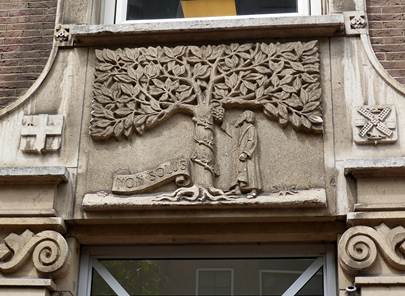Using Vertex AI for zero one and two three AI prediction
Recent newsHere is my documentation after learning the introduction of AI in courserERA.
read more(Comments)

Well, it's still the same old story; it turns out that collecting all the material and getting it back ready in writing takes you more than a week after reading the structure of the paper. At least it's good to put everything in one location.
If you need the template of the Elsevier manuscript, here is the link
And the Elsevier format with my note can be downloaded herheree and also this with aligned fonLinkt
Here is my documentation after learning the introduction of AI in courserERA.
read moreThe Cloud Natural Language API lets you extract entities from text, perform sentiment and syntactic analysis, and classify text into categories.
read moreNull result in economic is when the output does not supporting your hypothesis
read moreHi, I want to raise the issue related to know whether your OLS is ok or not.
read moreThe **45-degree line** in economics and geometry refers to a line where the values on the x-axis and y-axis are equal at every point. It typically has a slope of 1, meaning that for every unit increase along the horizontal axis (x), there is an equal unit increase along the vertical axis (y). Here are a couple of contexts where the 45-degree line is significant:
read moreThe **hyperinflation in Hungary** in the aftermath of World War II (1945–1946) is considered the worst case of hyperinflation in recorded history. The reasons behind this extreme economic event are numerous, involving a combination of war-related devastation, political instability, massive fiscal imbalances, and mismanagement of monetary policy. Here's an in-depth look at the primary causes:
read more**Neutrality of money** is a concept in economics that suggests changes in the **money supply** only affect **nominal variables** (like prices, wages, and exchange rates) and have **no effect on real variables** (like real GDP, employment, or real consumption) in the **long run**.
read more
Collaboratively administrate empowered markets via plug-and-play networks. Dynamically procrastinate B2C users after installed base benefits. Dramatically visualize customer directed convergence without
Comments